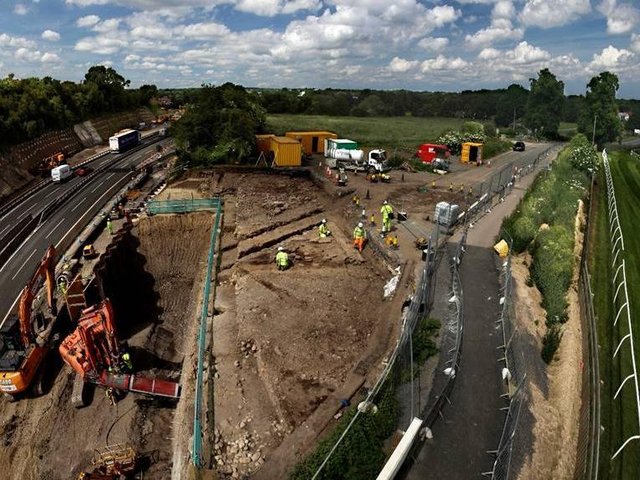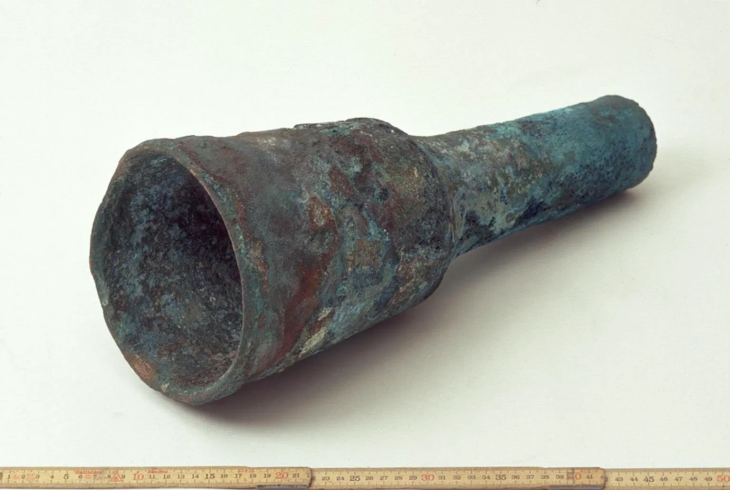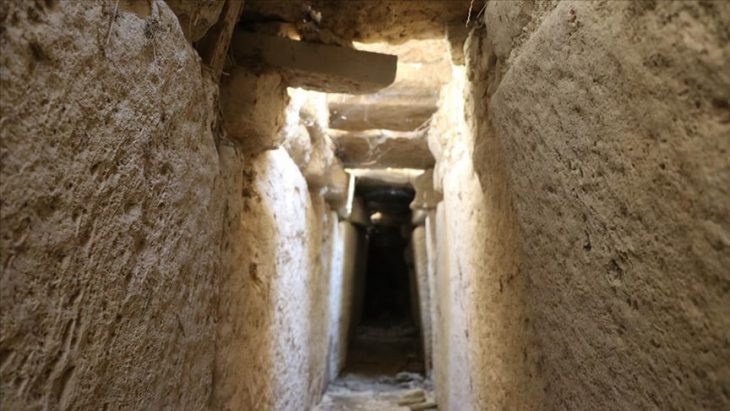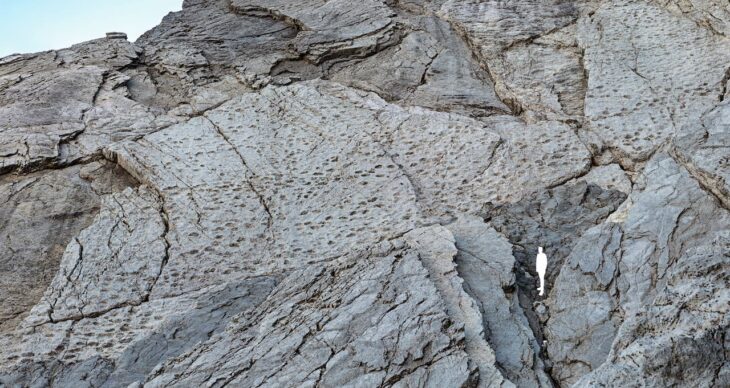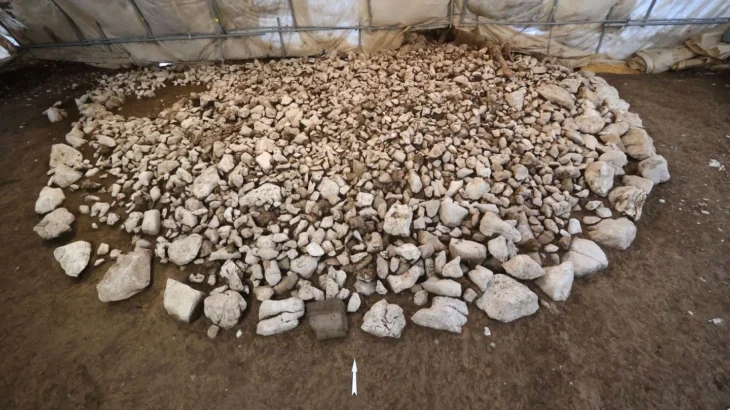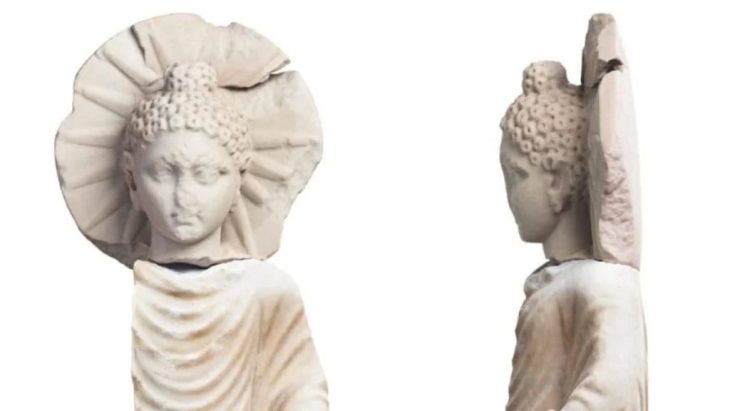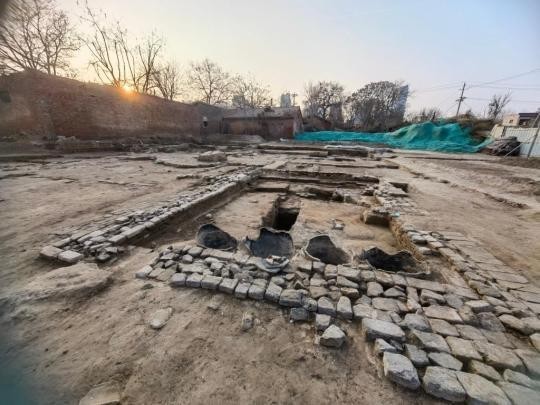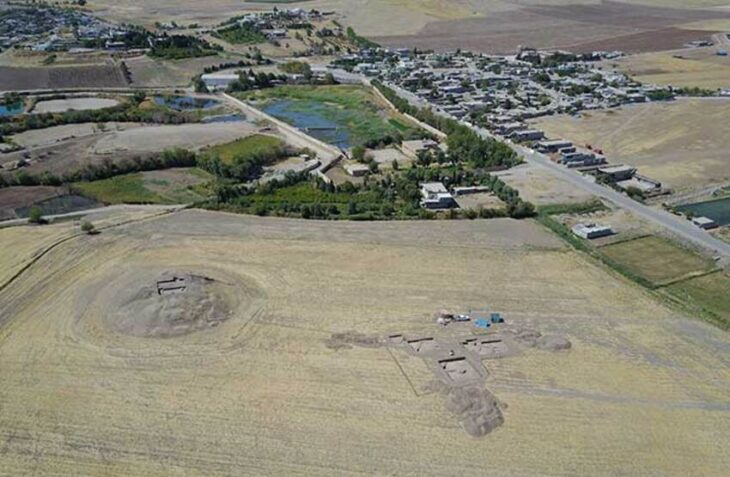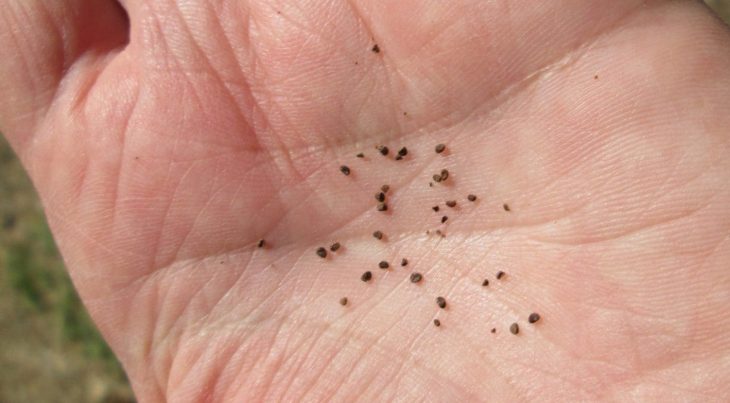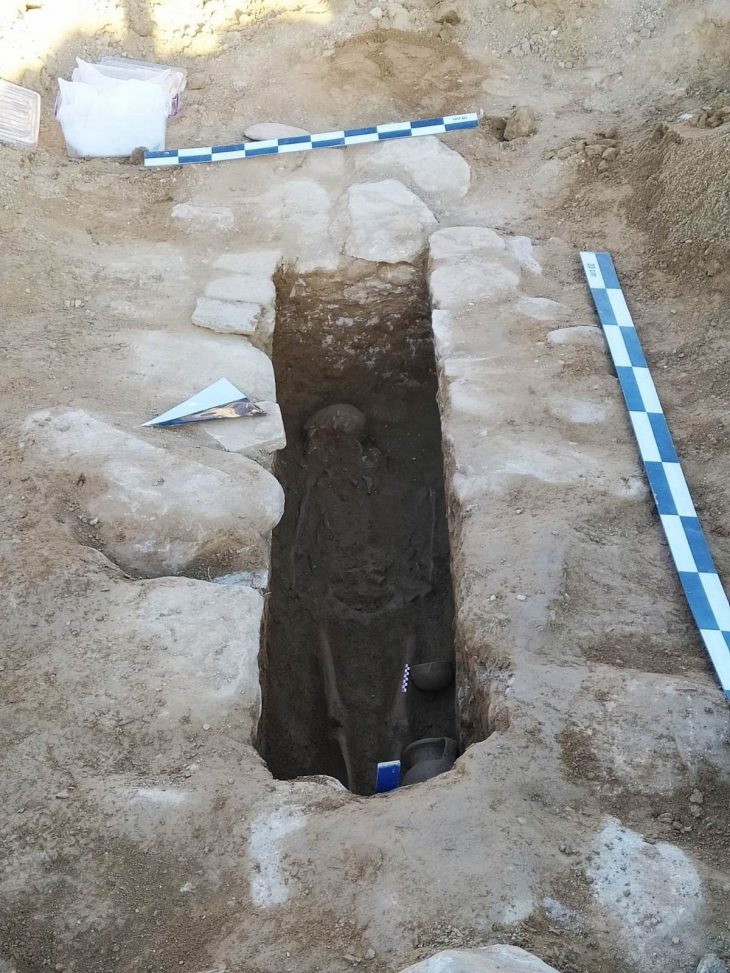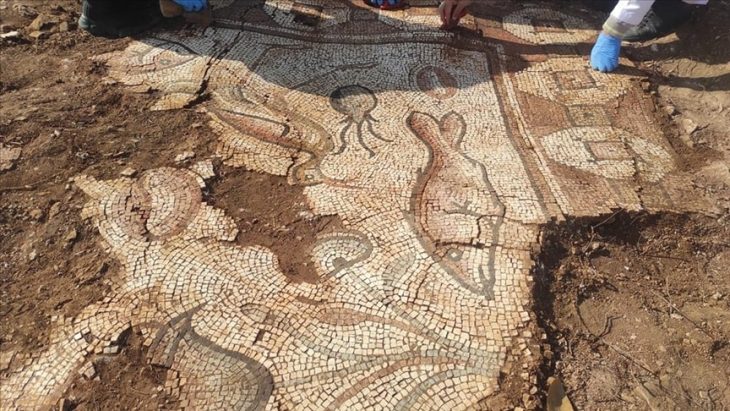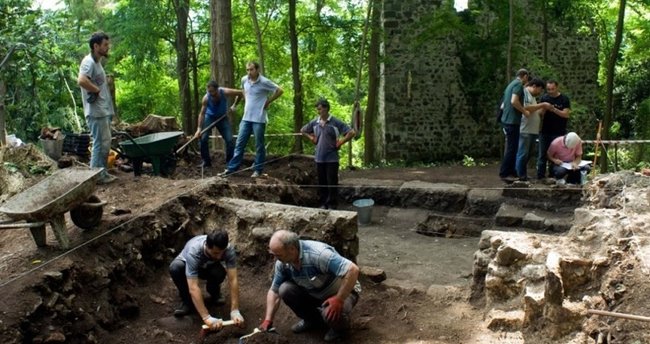Final archaeological finds uncovered as part of a major road improvement in the north of England have shed new insight into the region’s Roman past.
The last study, which focuses on Cataractonium – a Roman fort and town that has since evolved into Catterick, North Yorkshire – documents findings made as part of Highways England’s £400 million A1 Leeming to Barton improvement.
More than 62,000 objects, including 2.8 tonnes of animal bone and 2.5 tonnes of pottery, were discovered from the settlement, providing unique insights into the civilian and military populations.
Many unusual and exotic objects were discovered, including the oldest pistachio nut ever discovered in Britain, incense burners, ivory bracelets, and a carnelian intaglio showing Hercules and the lion that would have been put into a finger-ring.
Other discoveries include a carved phallus on a reused bridge stone, a brooch depicting a hare, and an Anglo-Saxon dog burial.
📣 Our WhatsApp channel is now LIVE! Stay up-to-date with the latest news and updates, just click here to follow us on WhatsApp and never miss a thing!!
The excavation of a late 1st-century well at Fort Bridge produced a plethora of well-preserved organic findings, including the oldest pistachio nut known in Britain.

The staff of the Northern Archaeological Association (NAA) spent more than three years investigating the remains exposed during construction, revealing not only previously known Roman sites, but also unknown sites, such as the road to Scurragh House The settlement of Bian, 3.5 kilometers north of the cataract, together with the remains of its agricultural hinterland, as well as the country’s important Roman contact period site in the Cape of Scotland.
The discoveries at Cataractonium reflect the civilian and military components of the settlement. The analysis of these items, as well as the sediments from where they were found, has been utilized to explain the tale of this significant location, which was most certainly held by Romans from the AD70s until the late 4th or early 5th century.
The excavation discoveries are currently housed at the Yorkshire Museum in York, where they will be preserved, presented where appropriate, and made available for future research and learning.
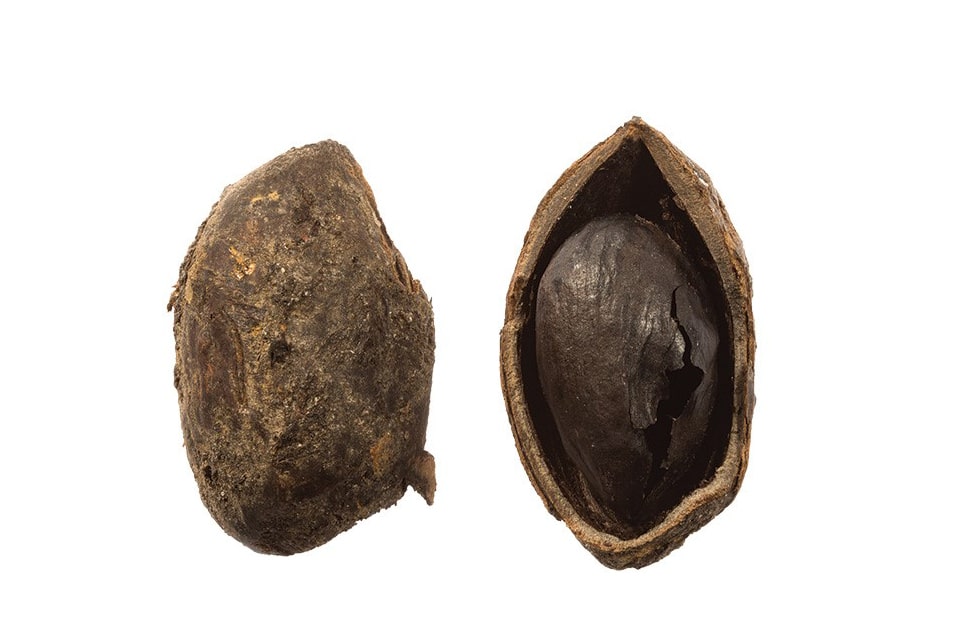
Dr. Jonathan Shipley, AECOM Principal Heritage Consultant, in a press release said:
“The archaeological works undertaken at Cataractonium represent some of the most significant excavations undertaken of a Roman town and have hugely increased our understanding of the development of the site.”
“The remains also tell the story of the people who lived in and around the town that developed alongside the Roman fort and represent a wonderful link with the modern-day settlement that has developed because of the military camp at Catterick.”
“The works have also added to our understanding of the Roman road known as Dere Street, which the A1 follows in this area, with evidence of Roman improvements to the road network mirroring the current commitments of Highways England to improve this key piece of infrastructure.”
Cataractonium, about 100 miles distant, has a long history of archaeological study, garnering major attention throughout the twentieth century when the A1 was initially built through the Roman town.
Archaeologists from around the country are urging volunteers to help at future digs, as part of the Council for British Archaeology’s (CBA) annual Festival of Archaeology (17 July-1 August).
Throughout the summer, archaeologists piecing together the history of Hull’s Trinity Burial Ground, as part of the Highways England’s £355m A63 Castle Street major project, have been holding successful virtual webinars and keeping the public informed on a regular basis through a dedicated webpage.
The digital book Cataractonium, and other volumes associated with the A1 Leeming to Barton excavations, are available without charge from the Archaeology Data Service.

